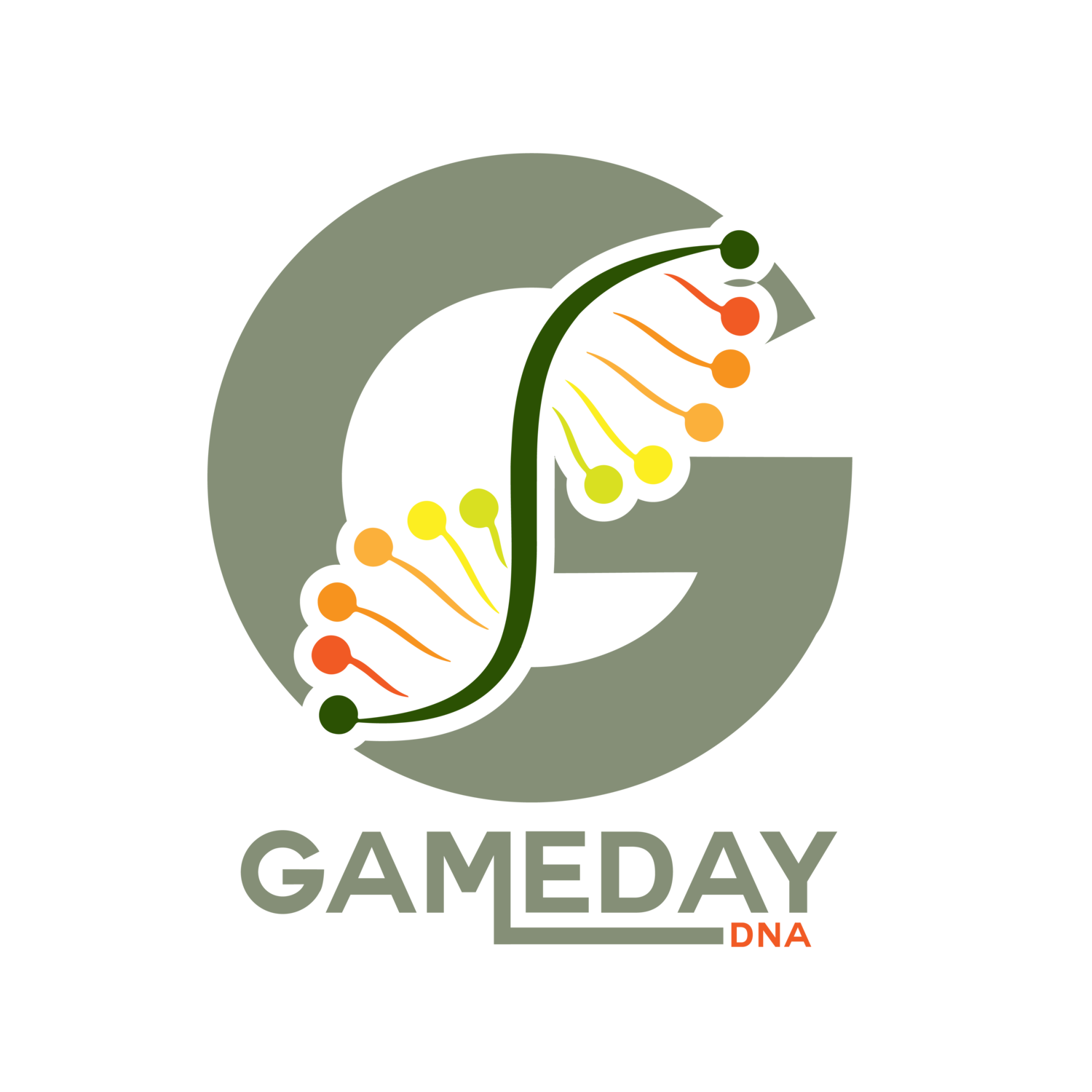Do Siblings Share the Same DNA? How Genetic Inheritance Shapes Family Traits, Testing & Differences
Sibling DNA connections reveal fascinating truths about genetic inheritance. Although siblings inherit their DNA from the same parents, the way it combines makes each person unique. This guide explains how much DNA siblings share, genetic differences between full, half, and twin siblings, and how DNA testing confirms biological relationships.
Understanding Sibling DNA: Connections & Differences
Siblings may resemble each other in traits, personality, or ancestry, but DNA inheritance is both complex and random. Each child receives half of their DNA from each parent, but the precise genetic blend is unique and drives both differences and similarities among siblings.
The Science Behind Sibling DNA & Testing
Sibling genetics depend upon how chromosomes recombine during conception, and not all siblings share the exact same DNA code. This randomness means siblings can look very similar—or very different. DNA sibling tests analyze shared genetic markers, enabling families to confirm biological relationships or ancestry.
Key DNA Facts for Siblings:
Full siblings typically share about 50% of their DNA.
Half-siblings share about 25% of their DNA.
Identical twins share virtually 100% of their DNA.
Sibling DNA testing uses these markers to evaluate relationship likelihood, paternity, and common ancestry.
Conclusion: Celebrating Family Genetics & Diversity
Sibling relationships are shaped by both genetics and family environment. While DNA testing offers scientific confidence, it also highlights the remarkable diversity among siblings—even within the same family. Whether solving family mysteries, exploring ancestry, or seeking legal clarity, sibling DNA tests provide accurate, actionable results.
Sibling DNA Testing: Answers to Common Genetic Questions
How accurate is sibling DNA testing for family relationships?
Sibling DNA tests deliver highly accurate results when analyzed by accredited labs. Full siblings typically share about 50% of genetic markers, while half-siblings share about 25%. Testing is reliable for both familial clarity and legal evidence.
Can sibling DNA tests confirm whether siblings are full or half-siblings?
Yes. Sibling DNA tests can distinguish full sibling relationships from half-sibling relationships by comparing the percentage of shared markers. Full siblings show a higher match rate than half-siblings. This makes DNA testing useful for confirming complex family relationships.
Do siblings always look alike if they share 50% of their DNA?
No. Even with about 50% shared DNA, siblings don’t always look alike. Physical traits depend on which genes are expressed, how genetic combinations occur, and other inherited characteristics. Sibling DNA similarity doesn't guarantee similar appearances.
Is sibling DNA testing valid for legal purposes?
Legal sibling DNA tests follow strict chain-of-custody protocols, making results admissible in court for custody, inheritance disputes, and some immigration applications. Always use an accredited provider for legal testing.
How fast can you get sibling DNA test results?
Most accredited labs deliver sibling DNA test results within 5 business days of sample receipt. Expedited services may be available for urgent cases.
Follow us on Instagram and Twitter! If you have questions about paternity tests or other DNA testing services, please contact our Client Support Center at 302-529-1789, Mon-Sunday from 8:00 AM to 9:00 PM Eastern Time. Our friendly, expert representatives are ready and happy to help. Get answers anytime by visiting our Help Center.


